Sansevieria Snake Plant
bobv2 Z5b
3 years ago
Featured Answer
Sort by:Oldest
Comments (26)
Related Discussions
WANTED: sansevieria( snake plant)
Comments (0)I have 3 diff kinds. I would be willing to trade starts of mine for starts of yours. I can send pictures to make sure that yours are diff. I also have other things I can trade from my trade list and some not on my list( needs updated). If you have many and would be willing to send for postage that would be appreciated as well. Thanks for looking at my post....See MorePlanting Sansevieria (snake plant) Outdoors
Comments (5)I was originally planning to put the plants directly in the ground, because I though that would be easiest. I live near Glendale, so we got some of very cold weather last year - though not as bad as just a little further east like the Huntington Gardens. I also have a concrete driveway adjacent to this area, so it sounds like Sanseviera have the potential to do some real damage. I originally thought of using the common Sansevieria because they have an upright clean almost geometric shape. We have a 60's modern house and though they would work well for the area we were thinking of planting. I had also seen them used in and around number of modern houses quite effectively. But now that I think of it, the the Sans were almost always in large planters. I know this might not be the right forum, but does anyone have any suggestions for a clean shaped upright plant, that might not cause as many potential problems as the Sans? I am preferrably looking for plants with low water requirements and are not spiky like agave. Thanks. Naveen...See Moresansevierias/snake plant repotting disaster
Comments (1)There are many different kinds of sansevierias. All prefer light soil mixes and to be kept dry in winter. I assume yours in indoors. Dig as much potting soil as possible from around the roots. Then, I would just mix perlite in with the potting soil, put the mixture around the rootball and press down firmly to pack the soil. Put the pot on wire rack-something that will allow the water to drain through the soil completely, then pour tepid water on your sans until water is draining through. If soil washes down too far and exposes the roots, just add more of the soil/perlite mix. Do not water again until the soil is very dry. Keep your sans in as much light as is available for your siruation. Sans like bright light but will live in darker areas, too. Johanna...See MoreSansevieria (Snake Plant) Support - Sheeisback
Comments (3)Oh, those are great! Thanks for posting this. ETA - Did you tie something around the stakes? Yours looks really nice and I like your planter too. I can't see the stakes in the photo if you used them yet. I like how full it looks and the leaves look all about the same height. How tall is it? Even though I planted mine straight it's now leaning to the one side. I know plants aren't supposed to be perfect but it's bugging me. I was rotating a 1/4 turn every week but since it start leaning weird I've kept in in the same position hoping it leans toward the light and straightens out. No drooping leaves thankfully. I still haven't had the need to water since the first time which is kind of amazing to me....See MoreUser
3 years agolast modified: 3 years agoTom H
3 years agoUser
3 years agolast modified: 3 years agoTom H
3 years agoUser
3 years agosocks
3 years agoStush2049 Pitts. PA, zone 6
3 years agoTom H
3 years agoStush2049 Pitts. PA, zone 6
3 years agoTom H
3 years agoStush2049 Pitts. PA, zone 6
3 years agobarbmock
3 years agoTom H
3 years agoStush2049 Pitts. PA, zone 6
3 years agoTom H
3 years agoStush2049 Pitts. PA, zone 6
3 years agoAlisha Hart
last yearlast modified: last yearStush2049 Pitts. PA, zone 6
last year41 North (Zone 7a/b, NE, coastal)
last yearlast modified: last yearStush2049 Pitts. PA, zone 6
last year
Related Stories
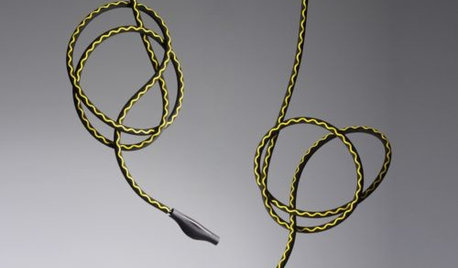
HOLIDAYSHisssss: Get Wrapped Up in the Year of the Snake
Throw your home some welcome curves with sinuous forms and reptilian patterns on all kinds of home decor
Full Story
HOUSEPLANTS10 Top Plants to Grow Indoors
Brighten a room and clean the air with a houseplant that cascades artfully, stretches toward the ceiling or looks great on a wall
Full Story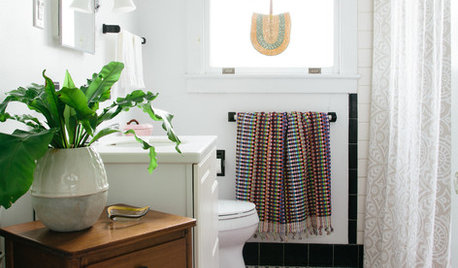
CONTAINER GARDENSFreshen Up the Bath With Lush and Healthy Plants
Learn how to choose and care for plants that will do well in your space
Full Story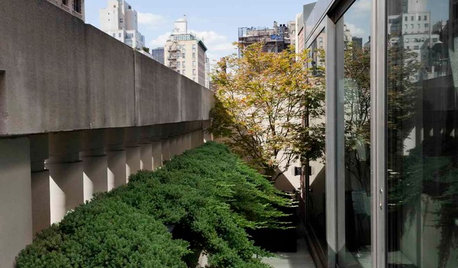
GARDENING GUIDESGreat Design Plant: Creeping Juniper Holds Its Ground
Add texture and evergreen interest to a layered garden with this low-maintenance, good-looking ground cover
Full Story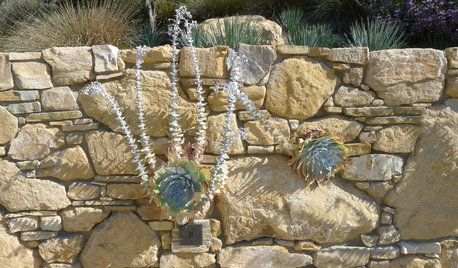
PLANTING IDEASPlanting Ideas: Life in the Crevices
Discover the beautiful planting opportunities hidden in rock walls, paver spaces and other garden gaps
Full Story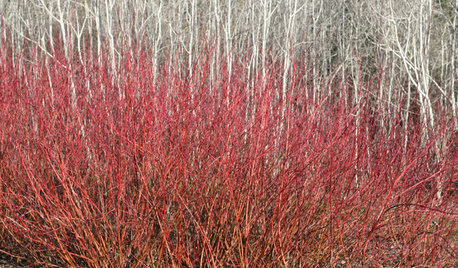
WINTER GARDENINGGreat Design Plant: Redtwig Dogwood
Fiery winter foliage makes this plant a seasonal stunner
Full Story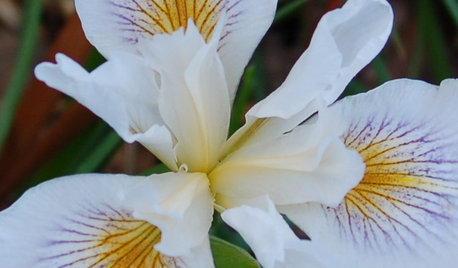
GARDENING AND LANDSCAPINGGreat Design Plant: Pacific Coast Iris
Plant this West Coast native for stunning, intricate blooms from January through May
Full Story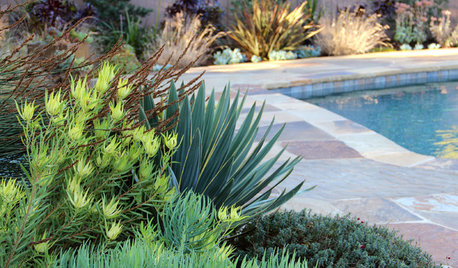
PLANTING IDEAS7 Stunning Plant Combinations for Low-Water Gardens
Find inspiration in these beautiful drought-tolerant companion plantings
Full Story
GARDENING FOR BUTTERFLIES3 Ways Native Plants Make Gardening So Much Better
You probably know about the lower maintenance. But native plants' other benefits go far beyond a little less watering and weeding
Full Story
GARDENING GUIDESHow to Find the Right Native Plants for Your Yard
Find plant maps, sale sites and guides that make going native in the garden easier than ever
Full Story




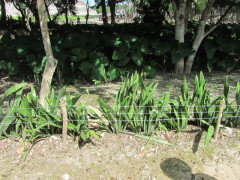
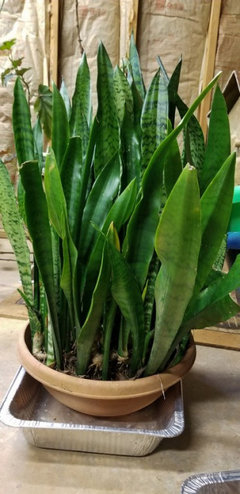







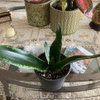

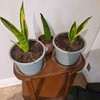
robinswfl